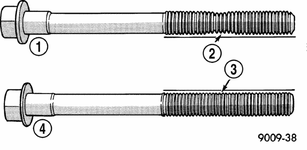The Flash
15+ Year Contributor
- 42
- 0
- Feb 23, 2004
-
Scarborough,
Maine
I was wondering if ARP 6-bolt head studs are reusable. I'm asking this because I was a
slacker when I replaced my block and never checked the head for flatness. Now after
1200 miles I have a blown headgasket.
slacker when I replaced my block and never checked the head for flatness. Now after
1200 miles I have a blown headgasket.




 . If you can't get the specs on their proper length, try eliminating other possible problems.
. If you can't get the specs on their proper length, try eliminating other possible problems.

















